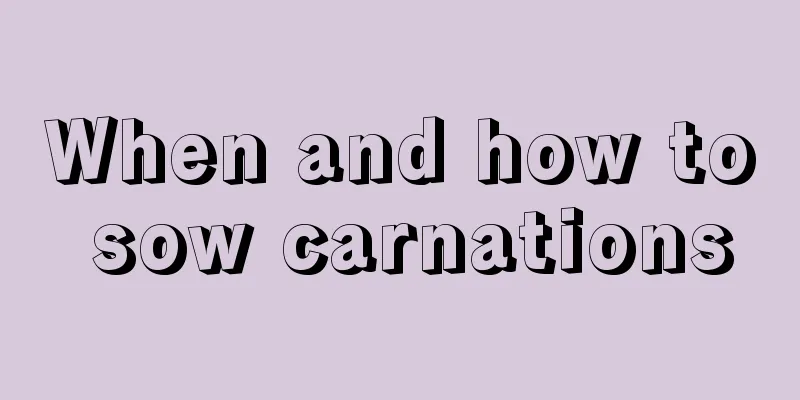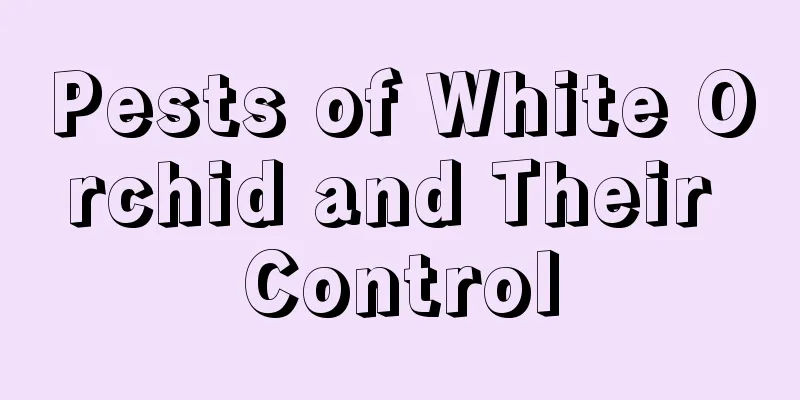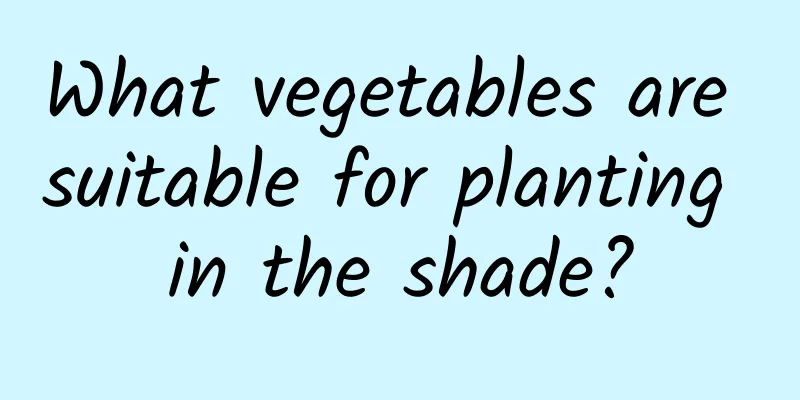What fertilizer is best for sesame?

|
Sesame is known for its high oil content of 55%. Its uses are wide-ranging and not limited to the edible field. In traditional medicine, sesame seeds are also used in a variety of medicinal formulas. The economic value of sesame crops is very good, so there are many users who grow it. So what is the best fertilizer for sesame? 1. Reasonable application of base fertilizer and seed fertilizer Considering that the main root layer of sesame is shallow, base fertilizer should be applied in the soil layer 10 cm deep. The amount of basal fertilizer should account for about 70% of the total amount of fertilizer applied, mainly organic fertilizer , with an appropriate amount of phosphorus and potassium fertilizer. Specific dosage: about 37.5 tons/hectare of high-quality farmyard manure, about 225 kg/hectare of diammonium phosphate, about 112.5 kg/hectare of potassium chloride, and about 375 kg/hectare of cottonseed cake. Seed fertilizer can be mixed with seeds and sown, or sprinkled in the sowing furrows or holes before sowing. Avoid excessive application to prevent seed burns and seedling damage. 2. Topdressing at the right time Sesame absorbs 70% of nutrients during the flowering and capsule-forming period of the entire growth period. Topdressing should be mainly with quick-acting nitrogen fertilizer, supplemented by phosphorus and potassium fertilizers. Follow the principle of "early application in the seedling stage, heavy application before flowering, and additional application during the flowering period" to ensure that the nutrient needs of the plant are met at each growth stage. Specific topdressing stage: Top dressing during the seedling stage: When the soil is barren or the base fertilizer is insufficient, apply top dressing as soon as possible after the seedlings are established to promote the growth of the seedlings. Top dressing during the bud and initial flowering stage: On the basis of applying sufficient basal fertilizer, apply ammonium sulfate in a timely manner to increase yield. Top dressing during the flowering and capsule-forming stage: To prevent premature aging of the plant, apply an appropriate amount of quick-acting nitrogen and phosphorus fertilizers to promote more flowering and capsule-forming. Foliar fertilization: From the budding to the beginning of flowering stage, use urea for foliar fertilization, combined with tillage and soil cultivation to improve fertilizer utilization. 3. Topdressing techniques Sesame has broad leaves , which are suitable for spraying fertilizer. Use potassium sulfate and potassium dihydrogen phosphate solution for foliar spraying, spraying continuously 2-3 times. In areas lacking trace elements, spraying boron, manganese, molybdenum and zinc fertilizers can help increase production. Combine topdressing with field management measures such as tillage, soil cultivation, and watering to improve fertilizer utilization. IV. Precautions When applying nitrogen fertilizer, it should be kept 3 cm away from the base of the plant to avoid root damage and leaf burning. When soil moisture is insufficient, water the soil promptly after applying fertilizer to promote root absorption. In general, sesame fertilization technology requires meticulous management. From the application of base fertilizer to topdressing at each growth stage, it needs to be adjusted according to the specific needs of the plant and soil conditions.
|
<<: What fertilizer is best for pepper seedlings?
>>: What fertilizer is best for osmanthus trees?
Recommend
How to water Begonia
Watering tips for crabapple Begonia is a plant of...
How to grow ginseng ficus to make it flourish and how to grow its roots
1. How to grow ginseng banyan to make it flourish...
Is it good to water flowers with cooking oil? How to water flowers with cooking oil
Cooking oil can actually be used to water flowers...
Common diseases and pests of Chunmengdian Brocade and their control methods
Common diseases of Chunmengdianjin: Anthracnose A...
Greenhouse pepper planting technology and management
Chili is a very good condiment and is available i...
How to divide asparagus fern
Asparagus fern division time Asparagus fern belon...
How to prune Daphne koreana
1. Is this plant durable? We should understand th...
Does wintersweet like water? Is it a water-loving plant?
Does wintersweet like water? Wintersweet likes wa...
Put a pot on the flower, and the flower will bloom bigger than your fist, and it will grow wildly even in a high temperature of 40℃!
Jasmine rose is put into a pot, and the flowers a...
When is the best time to plant cherry tomatoes?
Suitable time for sowing cherry tomatoes Cherry t...
Is water chestnut a fruit or a vegetable?
Is water chestnut a fruit or a vegetable? Water c...
When is the right time to plant osmanthus trees?
The sweet-scented osmanthus tree has a very high ...
Characteristics of roses
1. Rich aroma The biggest feature of roses is tha...
How to divide the scattered bamboo into pots so that it can survive easily
When is the best time to divide the bamboo? Under...
If you grow green radish and asparagus fern like this, it will be hard to turn it yellow!
How to avoid yellowing leaves of money tree? (Pho...









